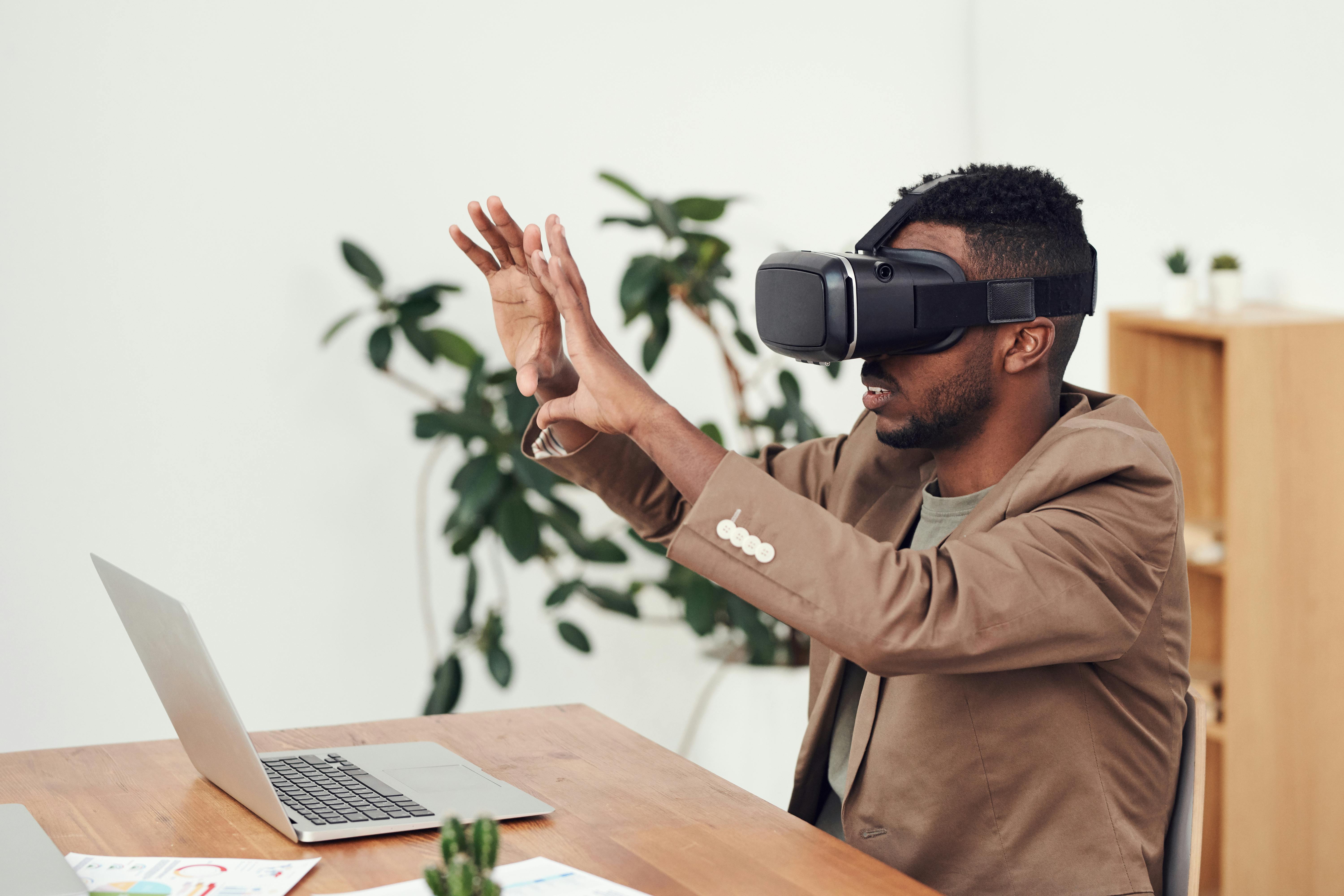Breaking through the VR Wall: The Next Leap in Virtual Reality
Virtual reality (VR) has always been a tantalizing promise, dangling just out of reach. From the early days of polygonal landscapes to the immersive worlds we now explore, the journey of VR has been a rollercoaster ride of advances and setbacks. As we stand on the cusp of a new era, we delve into the evolution of VR, the latest developments, and what the future might hold for this transformative technology.

VR: A Journey through Time
The concept of VR has been around far longer than most realize. As early as the 1950s, pioneers like Morton Heilig envisioned a multisensory experience that could transport users into a different reality. But it wasn’t until the 1990s, with the advent of 3D graphics and high-speed computing, that VR began to take shape as we know it. Despite these advances, VR remained largely a novelty due to high costs and underwhelming technology.
The Resurgence of VR
The real renaissance for VR began in 2012 with the unveiling of the Oculus Rift. This Kickstarter-funded project rekindled interest in VR, showing it was possible to create a high-quality, immersive experience at a consumer-friendly price. Today, we have a plethora of VR devices, from the high-end HTC Vive and Valve Index to the more accessible PlayStation VR and Oculus Quest.
Pushing the Boundaries of VR
While the VR landscape has evolved significantly, the technology is far from perfect. Current VR systems still face issues with motion sickness, limited field of view, and lack of tactile feedback. But the tech world is not one to rest on its laurels. Companies like Google, Facebook, and Valve are investing heavily in research to overcome these hurdles.
One of the most exciting developments is the advent of eye-tracking technology. By following the user’s gaze, VR systems can render scenes more naturally and reduce motion sickness. Another game-changer is the development of haptic feedback suits and gloves, offering a more tactile and immersive experience.
The Future of VR: A New Reality?
Looking ahead, VR promises to revolutionize not just gaming, but a host of other fields. From virtual tourism and remote work to medical training and therapy, the potential applications are staggering. One estimate pegs the VR market to be worth over $57 billion by 2027.
But perhaps the most intriguing prospect is the concept of the Metaverse - a shared, virtual space that’s accessible via the internet. Think of it as the next iteration of the internet, but instead of browsing web pages, you’re stepping into fully realized, 3D virtual worlds.
The Virtual Dream
The journey of VR has been a long and winding road, filled with highs and lows. But the dream of a fully immersive, virtual reality is closer than ever before. With advancements in eye-tracking technology and haptic feedback, coupled with the promise of the Metaverse, we stand on the precipice of a new era in VR. As these technologies mature and become more accessible, we may finally be able to break through the VR wall and realize the full potential of this transformative technology.





